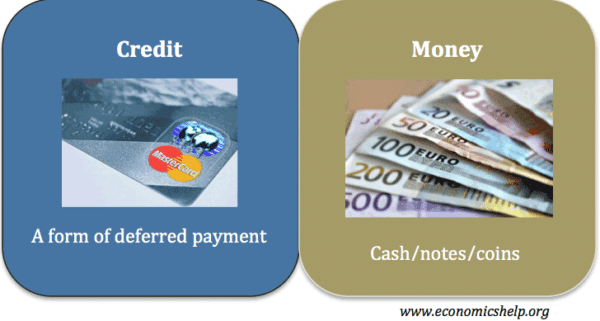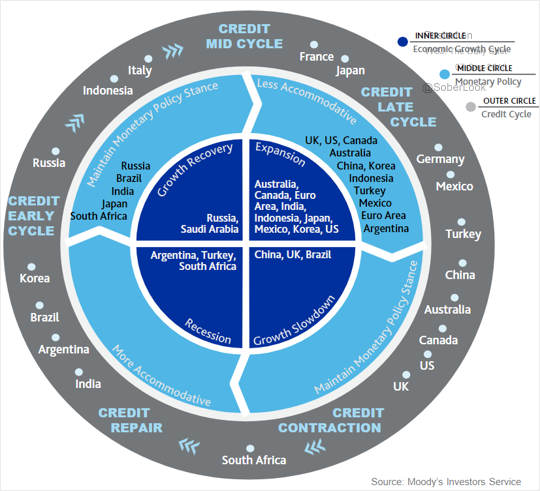


#Credit economix full#
The proposal in the House bill would make the full Child Tax Credit available to children in families with low earnings or that lack earnings in a year, and it would increase the credit’s maximum amount to $3,000 per child and $3,600 for children under age 6. (See Figure 1.)Įxpanding Child Tax Credit Would Ease Hardship, Improve Children’s Prospects

A $3,000-per-child allowance would substantially reduce child poverty and racial inequities even after accounting for employment reductions, a 2019 National Academy of Sciences (NAS) expert panel’s report on reducing child poverty found. While an expanded credit could slightly reduce work, the anti-poverty effects of expanding the Child Tax Credit would far outweigh any small reductions in employment.
Those concerns are overstated and misguided. Some have raised concerns that proposals to expand the Child Tax Credit and make the full credit available to all children in families with low income, including those in which a parent is out of work, will discourage work. Children in families with low income, disproportionately children of color, have been particularly hard hit by the pandemic and its related economic and educational harms. It’s particularly important to enact this expansion now because it would help alleviate the high rates of hardship that families with children are facing during the current health and economic crisis. It would also lift 1.1 million children out of “deep poverty,” raising their family incomes after taxes above 50 percent of the poverty line ($10,980 a year for a family of three). This proposal would lift 9.9 million children above or closer to the poverty line including 4.1 million Latino children, 2.3 million Black children, and 441,000 Asian American children. The proposed expansion would make the full Child Tax Credit available to 27 million children - including roughly half of all Black and Latino children - whose families now don’t get the full credit because their parents don’t earn enough. The nation’s long-term success depends on the success of all our children and their parents, regardless of race, ethnicity, or income. Research shows that poverty - and the hardships that poor children often face, including food insecurity and unstable housing - shortchange children’s futures, but research also shows that economic security programs such as the Child Tax Credit that reduce poverty improve children’s long-term health and educational outcomes, boosting their opportunities and benefitting the nation as a whole. Researchers assessing a very similar proposal estimated that more than 99 percent of low- and moderate-income working adults affected by the proposal would remain employed after it takes effect.Researchers assessing a very similar proposal estimated that more than 99 percent of low- and moderate-income working adults affected by the proposal would remain employed after it takes effect. The strong benefits of the proposal far outweigh any potential reduction in employment. This proposal would markedly reduce the number of children with incomes below the poverty line while narrowing the gap in poverty rates between white children and Black and Latino children. The House-passed COVID-19 relief bill, the American Rescue Plan, would temporarily increase the Child Tax Credit and make the full Child Tax Credit available to all children except those in families with the highest incomes (sometimes called making the credit “fully refundable”).


 0 kommentar(er)
0 kommentar(er)
